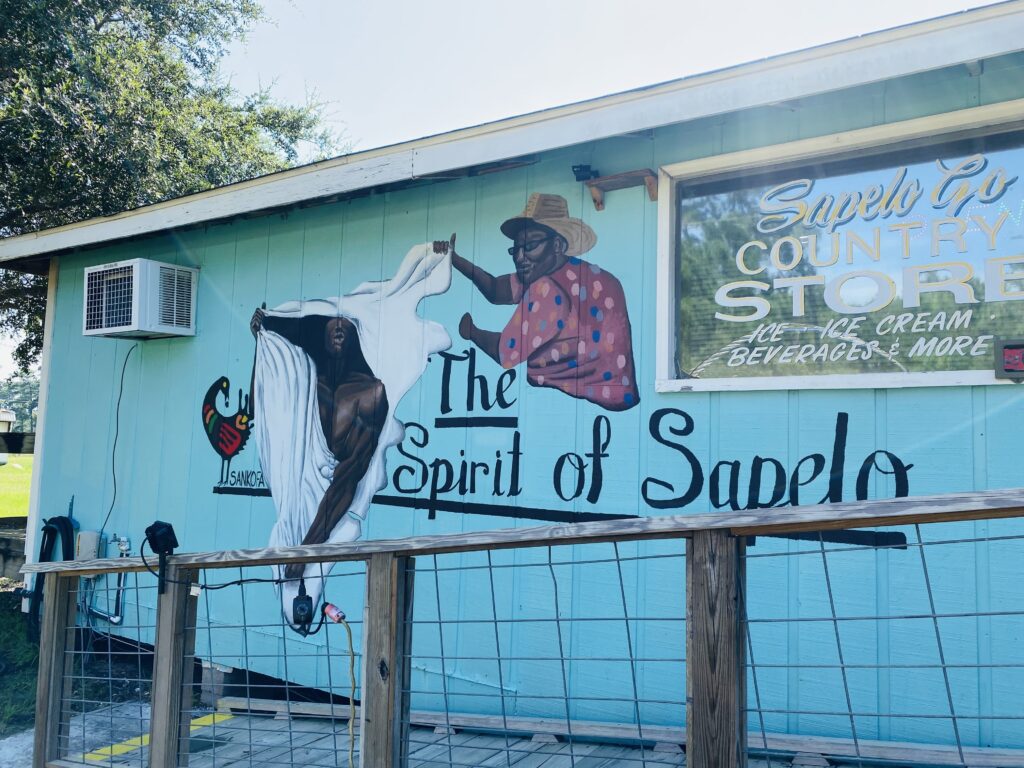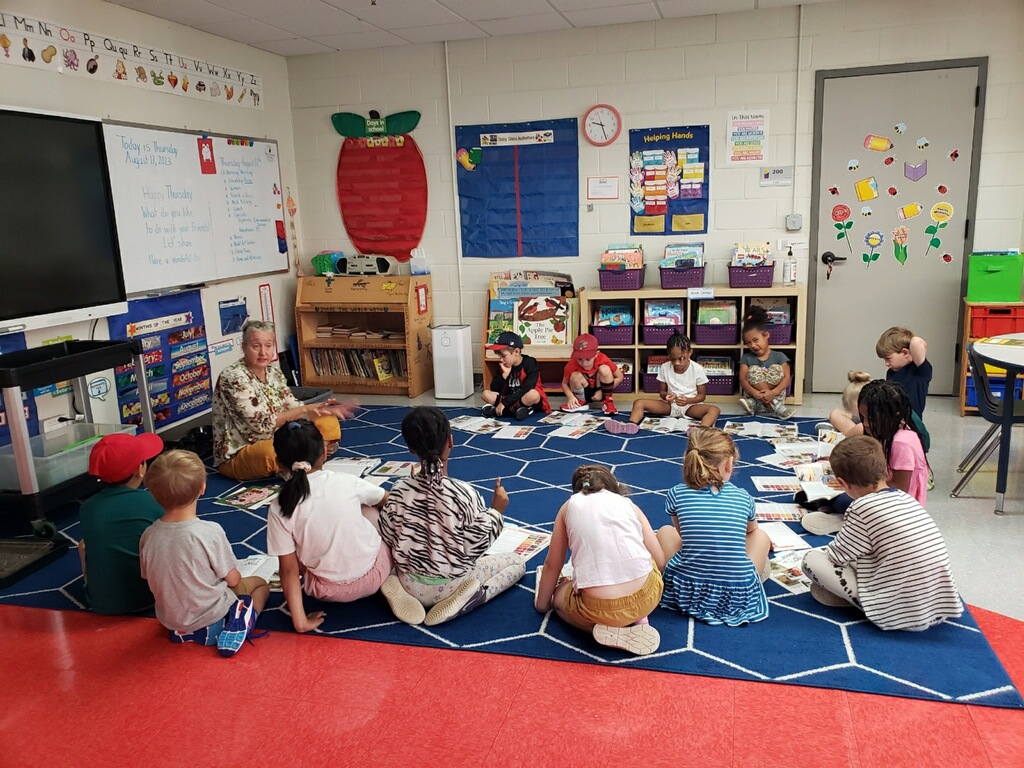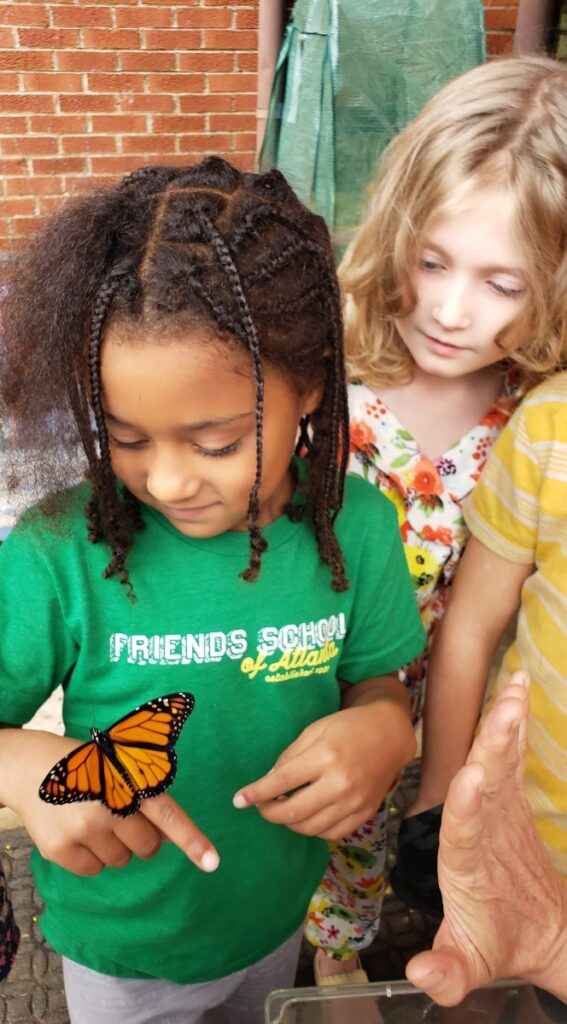
Summer 2023 was an invaluable experience. I had the privilege to attend a professional development in Savannah, Georgia, sponsored by Nobis Project. Nobis is a non-profit educational organization and the brain child of Christen Clougherty and it was founded in 2008. The mission of the project is to inspire, pivot mindset, and activate agency. The Nobis Project supports and collaborates with educators in developing community engagement experiences that prepare student leaders for a more just, equitable and sustainable world.
Weeks prior to arriving, the participants received a comprehensive package with the program overview, book and article suggested readings, videos, and a clothing packing list. We also received the schedule for the week. Each day of the week had a theme: The Value of Traditions, Historical Places and Memory, Land as Keepers of Memory, The Uncomfortable Truth, and our last day was an action planning workshop; Translating What I Learned into Action.
On the very first day after arrival, check-in and introductions, the group dove into a hands-on workshop where we learned about the indigo plant’s history that started in West Africa and about the process of creating dye from this green plant. Indigo joined rice as the region’s major cash crop largely due to the knowledge and skills possessed by Gullah-Geechee as they learned from their ancestors’ century old practices. We dyed an article that we brought or Christen provided scarves for us all to dye. Monday was a walking tour that took us on an informative journey that taught us about the contributions of Africans in the creation of the colony of Georgia. After lunch we took another walking tour of King-Tisdell Cottage which is the birthplace of the movement to preserve American history in Savannah. That evening our group started reflections and journaling with questions such as; Is there a historical place or memory that is shared in your family or culture? What is the relationship between place and historical memory? What are the intersections of Racial Justice and preservation? What happens when stories are lost? The discussion was very dynamic and informative because of such a diverse group of people.
Tuesday’s tour was Sapelo Island and my highlight because our tour was led by a direct descendant of enslaved Africans brought in the 1800 to work the plantations. We toured the island and had lunch at the beach. We learned how traditional sweet grass baskets are made. We got to watch and later participate in the basket weaving as a master basket weaver demonstrated this process. Wednesday was a trip to a Gullah artist, “The Gullah Smith”, who demonstrated blacksmithing and shared about the history of blacksmithing within African and African American Culture. That evening, the group’s discussion was an exploration of Power/Privilege Continuum. The group reflection’s theme was The Uncomfortable Truth. We paired up to answer the questions: What is our responsibility as educators to teach uncomfortable truths? How is it possible to present uncomfortable subjects in an historical context with dignity and reverence? Our last day was an action planning workshop. We were charged with formulating a lesson plan that could translate what we learned into action at home. Our group came up with a lesson where the students in our classroom could explore the development of a business starting with researching the demographics for the need of said business and the benefits that it would provide for the community, to the implementation of that business. Such a project would expand for at least a semester and would cross several disciplines and could be suitable for all grade levels.
Many thanks to GISA, Nobis Project, and The Friends School of Atlanta for the grants to make such a rich a memorable experience that I will use to help benefit my FSA community.
Written by Pam Garvey.


